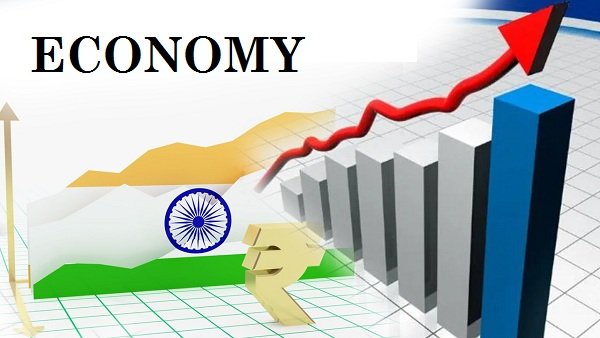Promising Trajectory, But Challenges Await:
Decoding CRISIL’s 6.7% Growth Prediction for India’s Economy 2024-2031 CRISIL’s recent report predicting a 6.7% average annual growth for the Indian economy between fiscal years 2024 and 2031 paints a promising picture. However, like any forecast, it’s crucial to dissect the underlying factors, potential benefits, and lurking challenges to gain a holistic understanding.
Growth Drivers:
- Capital Expenditure: The report identifies government-led investments in infrastructure and public services as a key driver. This aims to bridge gaps and create a fertile ground for private sector participation.
- Private Sector Investment: While initially hesitant, CRISIL expects improved business confidence and rising demand to boost private investments in the coming years.
- Favorable Demographics: India’s young population offers a large workforce and consumer base, fueling economic activity across various sectors.
Potential Benefits:
- Job Creation: Sustained economic growth could lead to significant job creation, benefiting various sections of the population.
- Improved Living Standards: Higher economic activity translates to increased incomes and purchasing power, potentially improving living standards.
- Infrastructure Development: Increased investment in infrastructure could boost connectivity, logistics, and overall efficiency.
Challenges and Risks:
- Global Headwinds: Global economic uncertainties, trade tensions, and geopolitical issues could impact India’s export-oriented sectors and overall growth.
- Inflation Management: Balancing growth with inflation control remains a crucial challenge for policymakers.
- Sustainability Concerns: Ensuring environmentally sustainable growth while addressing climate change requires careful planning and resource allocation.
Impact on Different Groups:
- Investors: A stable and growing economy presents attractive investment opportunities, potentially boosting investor confidence and capital inflows.
- Businesses: Favorable economic conditions can encourage business expansion, innovation, and job creation.
- Consumers: Rising incomes and improved living standards could lead to increased consumer spending and demand across various sectors.
Additional Points to Consider:
- Sectoral growth: Which specific sectors are expected to drive this growth (e.g., technology, manufacturing, services)? Are there any potential laggards (e.g., agriculture)?
- Rural-urban divide: How will this growth impact different regions and socioeconomic groups within India? Will the benefits be evenly distributed?
- Role of policy: What policies and reforms can further support and accelerate economic growth (e.g., ease of doing business, skill development)?
Beyond the Headline:
While CRISIL’s forecast is optimistic, it’s important to remember that it’s not a guaranteed outcome. Careful monitoring, adaptability to changing circumstances, and addressing potential risks will be crucial to achieving this projected growth trajectory. Continuous efforts to manage inflation, promote sustainable practices, and bridge the rural-urban divide will be essential for inclusive and equitable development.
Further Exploration:
For a deeper understanding, it’s recommended to explore:
- CRISIL’s full report for detailed analysis and data breakdowns.
- Expert opinions and commentaries on the report’s predictions and their implications.
- Sector-specific reports to understand the nuances of growth across different industries.
By delving deeper and considering diverse perspectives, we can gain a more comprehensive understanding of the potential pathways and challenges that lie ahead for the Indian economy.



